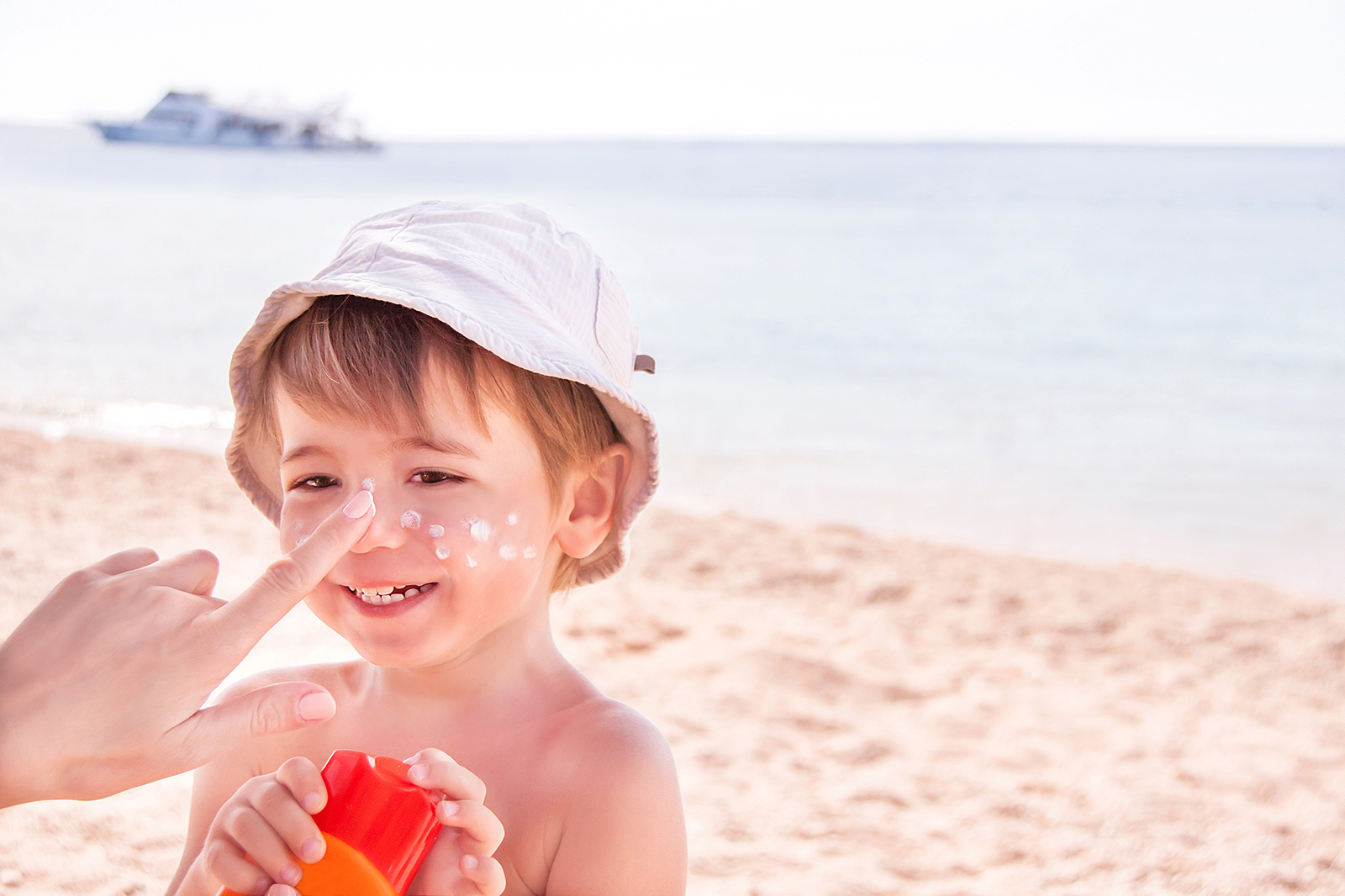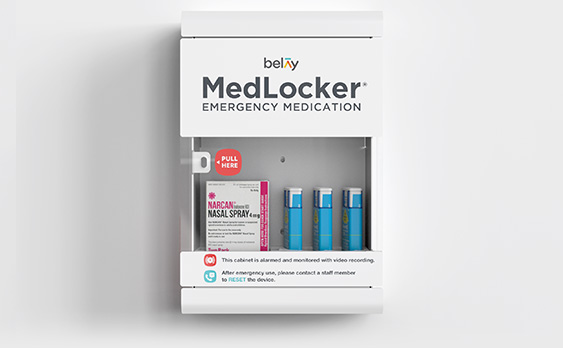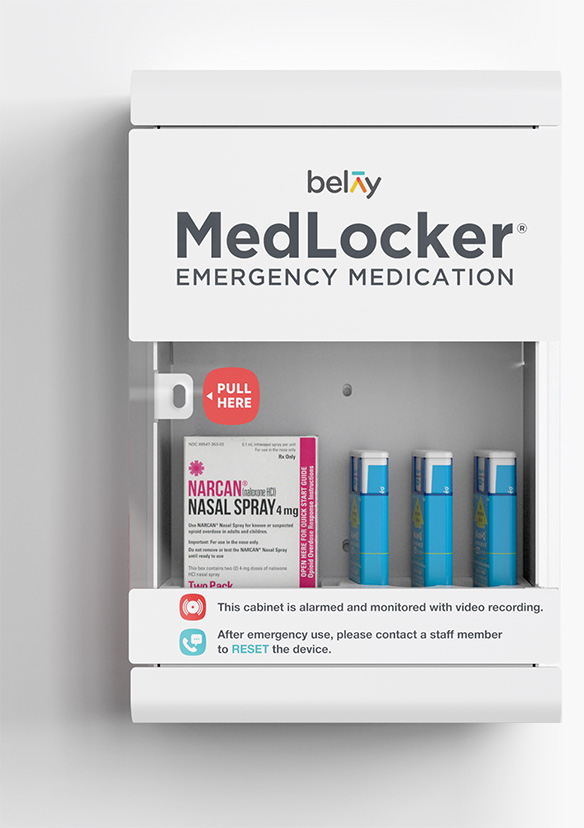‘Tis the season we bear our skin – the long-awaited months when lakes, pools, beaches, boats, camping and long sun-drenched days that turn to hot, sticky nights make for the best of times. That is, if you don’t flare up and rash out, again.
Chances are, if you or someone you love live with severe food allergies, fun in the sun is not such a simple equation. As the triangle goes, anaphylaxis can be a triple threat with the oft accompaniment of asthma and dermatitis (eczema). According to FARE, “Compared to children who don’t have food allergies, children with a food allergy are two to four times as likely” to experience these other allergic conditions. An aggregate of various studies shows nearly 40% of eczema sufferers also suffer from at least one severe food allergy.
Anaphylactic people, especially young children, tend to be highly reactive to all sorts of seasonal triggers, many of which they aren’t even aware of or haven’t been tested for. The sun, the heat, sweat, chlorine, wet bathing suits and environmental antigens are among the many potent triggers for people prone to contact dermatitis. And yes, sunscreen. Even the chemical-free ones. It’s not uncommon to find nut oils, fish oils (omega 3) and dairy in skin care ingredients. So, it’s worth a reminder to read ingredients first and do a spot test on a small section of skin before going for the full slather.
Sounds easy enough. But for many people, even those who don’t live with severe food allergies, common chemicals and even essential oils found in sunscreen and other skin care products can cause immediate and progressive reactions that may be more harmful than the UV rays of the sun, at least in the short term. In severe cases, people can find themselves covered in painful, festering rashes. Scratching an itchy rash can cause nasty complications, including serious skin infections.
So what’s an allergy mom to do when she can’t find a sunscreen to which her child doesn’t react? I think I might have tried over 100 different products on my son before finally throwing the towel in on it (and most of the time the spot test was clear). One Christmas vacation, after years of his suffering from what I called “sunscreen rashes,” I decided that we would try going commando. We arrived in balmy Miami from the depths of winter in Toronto and let our 10-year-old go sans sunscreen from day 1, with the exception of a UV-protective hat and shorts. “Thankfully, he is blessed with olive skin,” I remember repeating in my I-know-I’m-the-worst-mother-ever-but mantra. And yes, the sun burns came. But then they went. Unlike the typical rash he would develop on his first day in the sun that would get progressively worse for several days, he had a few days of quasi-discomfort and a little peeling, but then it was kinda over, and he was golden – no torture, hiding inside or steroid cream required
Today, several years later, he still doesn’t wear sunscreen and instead opts for limiting his time in the prime sun hours and wearing UV-protective clothing (sometimes). Instinctively, he takes a gradual, ease-in approach to the sun when he’s on vacation and on those first few hot-summer days. It’s not the best sun protection strategy, but it’s the best protective balance for him – or so I thought until recently speaking with Toronto-based dermatologist Dr. Paul Cohen, who champions protective clothes, the gradual approach to the sun (in fact, treatments like “hardening” aim to build a person’s tolerance to the sun through incremental exposure to direct UV light) but he does not believe that my son forgoing sunscreen is in any way a good idea, at least not without knowing exactly what he’s reacting to.
Sure, it seems like sunscreen’s the issue, he says, and maybe it is, but the majority of patients he sees who face similar challenges often tell stories of winter vacation – when people are exposed to heat and sun for the first time in several months. It’s called Polymorphous Light Eruption (news to me) and it’s what happens to some people when they are freshly exposed to the sun and heat, like an initial burst of hysterical histamines set on destroying hot, sunny holidays…
The real danger of going without a proper sunscreen, especially for kids, Dr. Cohen says, is that the detrimental effects of sunburns in young people don’t present for 20 years, so kids keep burning and thinking nothing of it. Or their parents think that their kids’ olive-toned skin offers some level of inherent protection. But nah. Even a good tan, Dr. Cohen says, will only provide an SPF 2. More to the point, it’s the damage we do to our skin in our formative years that sets the stage for skin cancer later in life.
After telling Dr. Cohen my story (for the purposes of this blog), he bets my son isn’t allergic to all sunscreens (some good news, I think). He suspects the cause is a combo platter starting with heat and sun. Possible but unlikely it’s solar urticaria, a rare allergy to sunlight that causes itchy hives and welts. True allergic dermatitis to sunscreen is actually quite rare. It’s the exposure of UV light on sunscreen-covered skin that more commonly causes a flare-up. But the key, says Dr. Cohen, is finding out for certain (and not by going commando – oops).
In unbearable cases like my son’s and far worse, Dr. Cohen suggests testing before giving up on sunscreen to answer the question: Is it the sun or the sunscreen or both?
While it’s a bit onerous, chemical-patch testing is a good way to identify which ingredients, if any, a patient is reacting to in his sunscreen. This kind of testing is offered by various allergists as well as dermatologists who specialize in contact dermatitis.
Similarly, photo-patch testing can determine whether a skin reaction is caused by an allergy to certain chemicals that come in contact with the skin, an allergy to UVA and/or UVB light, or an allergy to a chemical that is activated by the sun.
It’s important to note that chemical sunscreens are a bigger culprit than physical blockers, which are mineral based (zinc oxide, titanium dioxide) and can offer great protection without common irritants and antigens. Physical sunscreens have come a long way from the white-nosed surfer days. Still a little greasier and usually whiter than their high-chem counterparts, the best of today’s mineral-based offerings is shorter on ingredients – active and inactive – free of fragrance, preservatives and chemical filters, and laced with wholesome extras for allergic and sensitive skin.
The Fab Four
Eau Thermale Avene
Mineral Cream spf-50
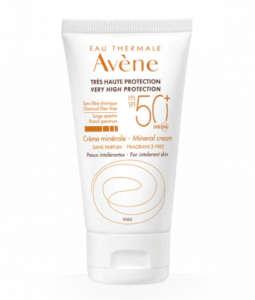
Cliniderm
Gentle Protective Lotion SPF 45
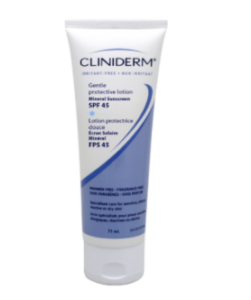
ATTITUDE Natural Care
Mineral Sunscreen SPF 30
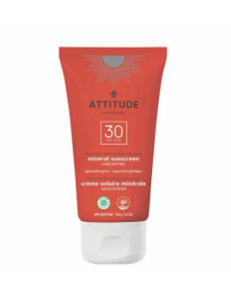
All Good
Sport Sunscreen Spray SPF 30
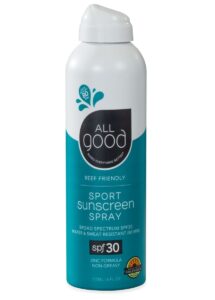
Unfortunately for some of us, coconut oil, almond oil, sesame oil and shea butter are some of the best-known natural sunscreens. Obviously not on the top-faves lists of the food allergy community, these oils can be completely innocuous. Studies show that people with a peanut allergy can safely consume highly refined peanut oil, as the proteins that cause an allergic reaction have been left behind. The same logic can be applied to skin products containing the oils of our antigens, so long as we know the oil is highly refined (if oil is described as cold-pressed, expelled or extruded, it is not refined and not safe).
Active and inactive sunscreen ingredients to AVOID AVOID AVOID
⋅Benzophenones/Oxybenzone (a chemical filter that can cause photoallergy)
⋅Quaternium-15 (formaldehyde-releasing preservative)
⋅Fragrance
⋅Lanolin alcohol (wool alcohol)
⋅Paraben
⋅Topical antibiotic (can cause photosensitivity)
⋅PABA (Para-Aminobenzoic Acid)
⋅Cinnamates (cinnamon oil for fragrance)
⋅Diphenylmethanes
There is no cure for contact dermatitis. Topical cortisone is a standard treatment, but prevention is the most healthful policy. Turns out I’ve been putting my son’s future well-being at risk for the past 7 years because it’s been so much easier on him than dealing with those encumbering rashes and hives (what a thing to admit to a dermatologist in a blog interview). To non-allergy people, my tact might sound the same as allowing your child to smoke because it chills him out, but I trust allergy parents reading this far can relate to my little sunscreen-gate (in some way, right?).
Either way, thanks to Dr. Cohen, I’ve hopped back on the discovery wagon, promising to make our next winter vacay sun-filled and rash-free, SPF-50 et al. As for this summer, it’ll be trial and error with mineral sunscreen as we await my son’s appointment with a specialist to finally uncover the source of his skin woes. Stay tuned for what happens next.
What’s your favorite sun protection?
Share your stories and feedback with us hello@webelay.com
Food Allergies & Dermatitis
*The most common food allergies in patients with atopic dermatitis are milk, egg, and peanuts.
*Up to 20 – 40 percent of children with moderate to severe atopic dermatitis will have an IgE-mediated food allergy.
-National Eczema Association
*In 2018, 9.2 million children in the U.S. had reported skin allergies. -Asthma and Allergy Foundation of America
*Children ages 0-4 are most likely to have skin allergies.
-Centers for Disease Control and Prevention
